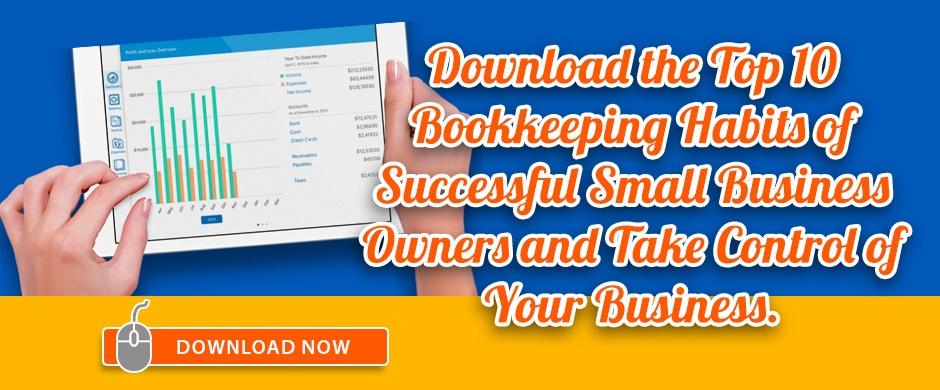Profit & Loss are the highs and lows of running your own business.
If you've been in business for yourself, you have probably come across this report.
The Profit & Loss (P&L) is the go-to report for seeing what is happening in your business.
In this article, we demonstrate how to correctly read a Profit & Loss statement for your small business.
Revenue and expenses are what make up your P&L, and the bottom line is the difference between the two.
Three Reasons Why a P&L is Important:
- Know your tax liability, sales tax, or income tax
- Required document if you need to get a loan from a bank or other lenders
- Your guide for business decision-making
Your P&L can tell you a lot about what is happening in your business; you can look at it year over year, or month over month, and discover patterns. Are sales going up? Are your expenses going up at the same rate? Are you increasing your profit margin or decreasing it? These are just a few questions that your P&L can help you answer. This information is critical to making informed decisions for your business.
How Do I Read a P&L?
The P&L is broken down into three main areas: income, expenses, and profit or your bottom line.
The profit area of the P&L is all income that you generate in your business. This can be from sales that you make or from selling other assets that you may not need any longer.
The expense area can be a bit more complex depending on your business. You may have things like:
Ultimately, you are looking at all expenses that your business incurs to create the product that you sell, from keeping the lights on to the diminishing the value of assets that you own.
The final area is profit, also called net income, and it is the bottom line of your P&L Report. This is the most important number as it tells you at a glance if you have a successful business or not.
Again there are few different ways that people look at profit, just like expenses:
- Gross Profit = Revenue - COGS
- Earnings Before Interest & Tax (EBIT) = Revenue - (COGS + OPEX)
- Earnings Before Interest, Tax, Depreciation, & Amortization (EBITDA)
Regardless of how you look at it, measuring your profit is a key indicator of your financial health.
Related Reading: How to Calculate a Break-Even Analysis for Your Small Business
Using your P&L Report as a tool allows you to start being proactive instead of reactive in your business. A few things to watch out for:
- Increasing Sales but Declining Profits: If you are selling more and making less, then there is something wrong with your business. Have your costs gone up? Did you not raise your prices appropriately?
- Stagnant Sales: If you don't see any increases in your sales month after month, then you need to start looking into new markets or other opportunities that you can take advantage of.
- Creeping Overhead: Keep tabs on your overhead, things like utilities, salaries, and rent should be monitored on a regular basis as there may be opportunities to switch providers and cut costs.
The big thing for you in your business is to set goals and track your progress towards them. Take the time to review your business on a regular basis. You never know what opportunities you might be missing out on because you haven’t taken the time to closely look at your P&L.
Related Reading: What is Small Business Accounting and Why Do I Need It?
Want to learn more? Download "The Top 10 Bookkeeping Habits of Every Great Small Business Owner."
